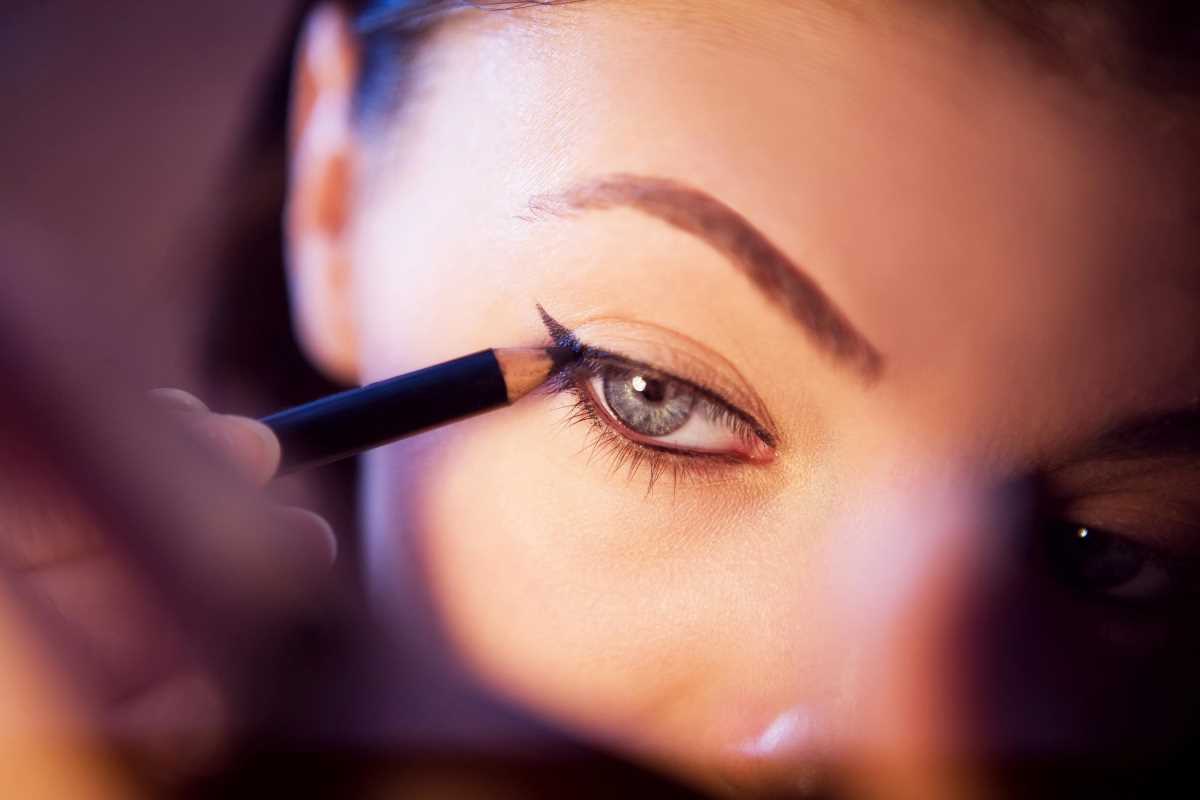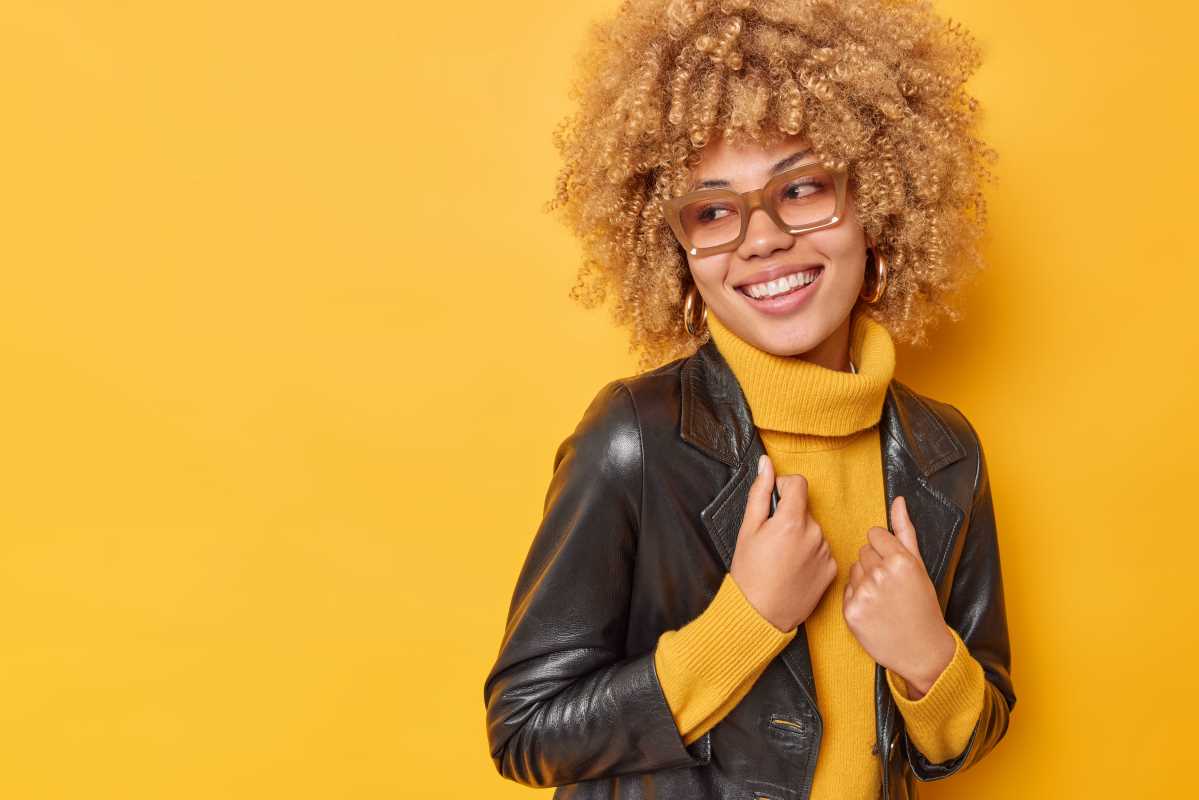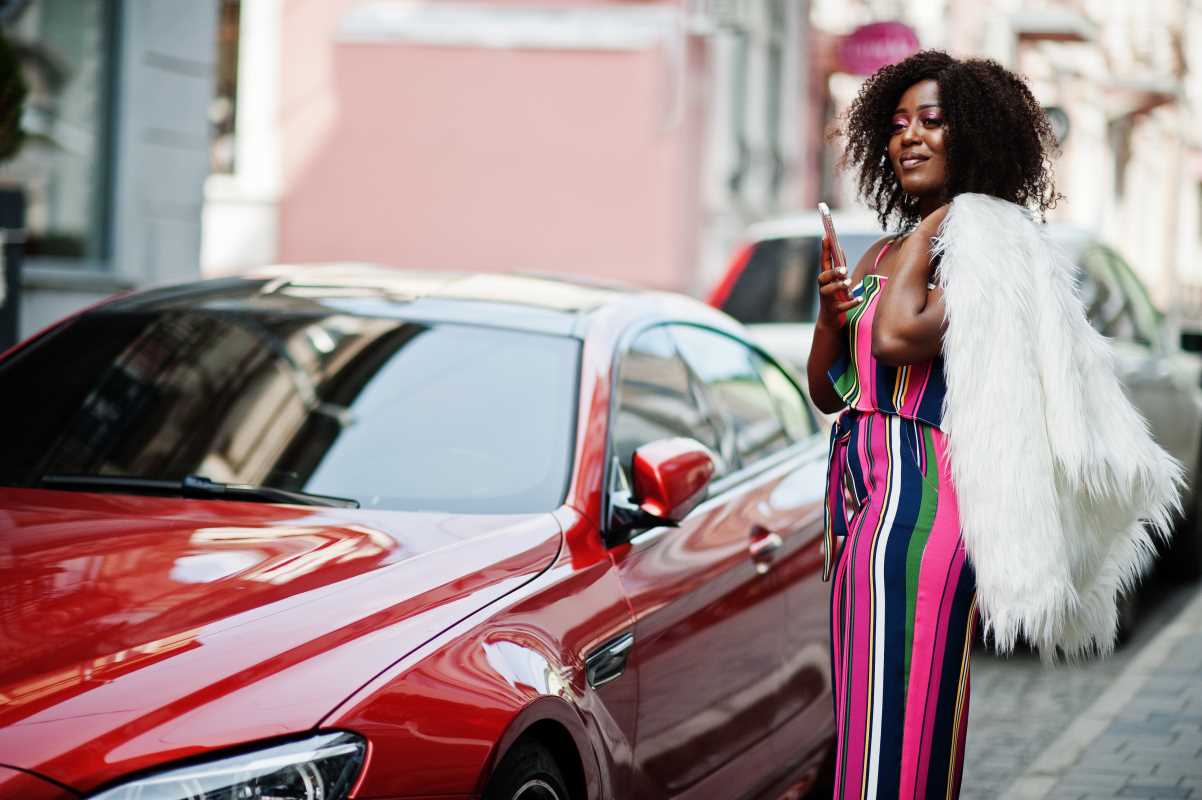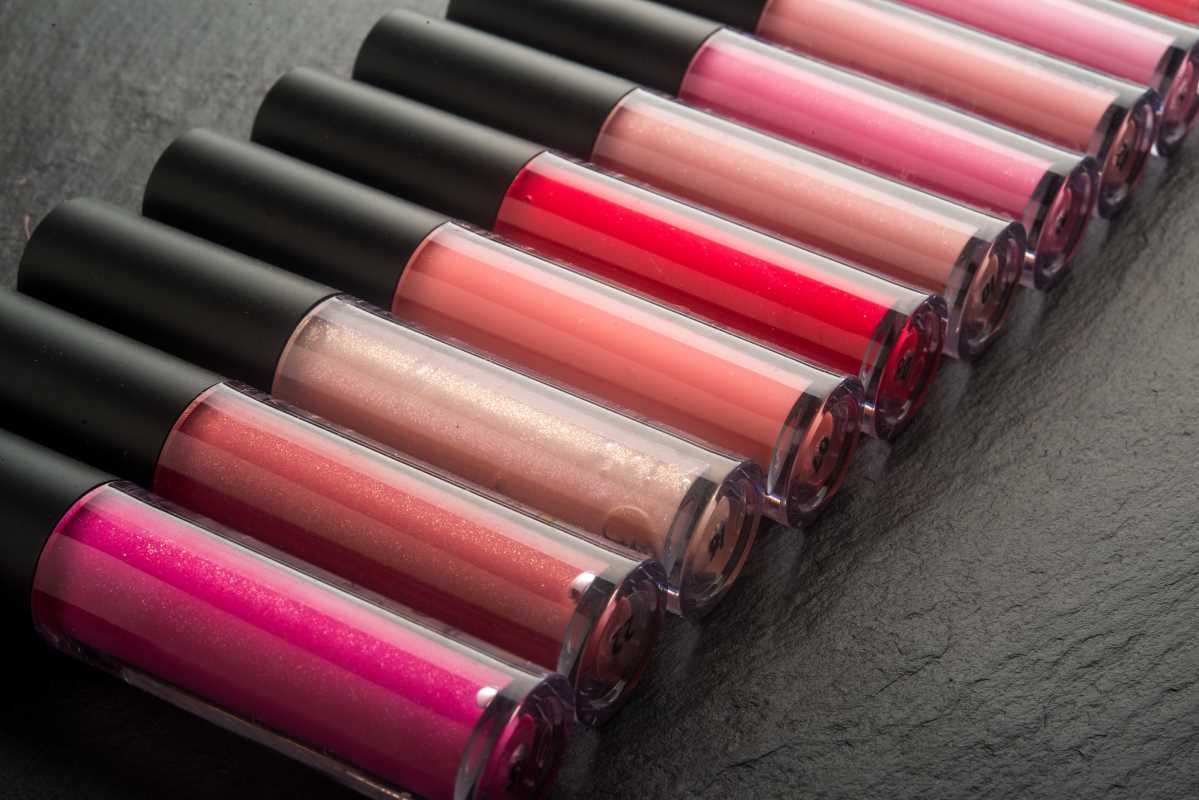Mixing prints can feel like a high-stakes fashion challenge. You want to look effortlessly stylish and bold, but you worry about ending up looking like you got dressed in the dark. That fear of creating a clashing, chaotic outfit keeps many people from exploring the fun side of patterns. The truth is, mastering the art of mixing prints is much easier than it seems. It’s not about following rigid rules but understanding a few simple guidelines. This skill can completely transform your wardrobe, unlocking new combinations you never thought possible. These tips will give you the confidence to pair patterns like a pro, turning potential clashes into chic, cohesive looks that express your unique style.
The Foundation: Start with Color
The easiest way to make two different prints work together is to find a common color. This shared hue acts as a bridge between the patterns, tying the whole look together and creating a sense of harmony. Your eyes will register the cohesive color story before they even focus on the fact that you’re wearing multiple prints.
Find Your Anchor Color
Look at the two prints you want to combine. Do they share at least one color? For example, you might have a navy and white striped top and a floral skirt with a navy background. The navy is your anchor color. It provides a visual link that makes the combination feel intentional rather than accidental. This method is almost foolproof and is the perfect starting point for beginners.
Use Neutrals as Your Base
Neutrals are your best friends when mixing prints. Colors like black, white, gray, navy, and beige can help ground a busy outfit. One of your printed pieces can be based in a neutral color. A black-and-white polka dot blouse, for instance, can be paired with almost any other print because its neutral base doesn't compete for attention. It allows the second, more colorful print to be the star of the show.
Play with Scale and Size
Another key principle is varying the scale of your prints. Pairing two patterns of the same size can often look busy and overwhelming. Instead, you want to create a visual hierarchy where one print is dominant and the other is more subtle. This contrast is what makes the combination interesting and balanced.
Big Print, Small Print
The golden rule is to combine a large-scale print with a small-scale one. Imagine pairing a skirt with large, bold floral graphics with a top that has a delicate, tiny polka dot pattern. The large print captures the eye first, while the smaller print reads almost like a texture from a distance. This creates a balanced look that is dynamic without being chaotic.
The same idea applies to any pattern combination. Try a top with wide, chunky stripes with pants that have a fine, pinstripe detail. Or, wear a jacket with a large check pattern over a dress with a tiny geometric print. The difference in size is what makes it work so well.
Don't Be Afraid of Similar Patterns
You can even mix two similar types of prints, like two florals or two stripes, as long as you vary the scale. A top with thin, delicate stripes can look fantastic with a skirt that features bold, wide stripes. The key is contrast. The difference in size prevents the outfit from looking too uniform or matched, giving it a modern and stylish edge.
Common Prints and How to Mix Them
Some prints are easier to mix than others. Classic, timeless patterns often act as neutrals in the world of print mixing, making them versatile and easy to pair.
Stripes: The Ultimate Neutral Print
Think of stripes as the fashion equivalent of a neutral color. They go with almost everything. A classic Breton stripe (navy and white or black and white) is incredibly versatile. You can pair it with:
- Florals: This is a classic, can't-go-wrong combination. The structure of the stripes provides a nice contrast to the organic, flowing nature of a floral print.
- Polka Dots: Stripes and polka dots create a playful, graphic look. Vary the scale for the best effect, such as a thin-striped shirt with a large-dot skirt.
- Plaid: Mixing stripes and plaid can feel very preppy and cool. Just make sure they share a common color to keep the look cohesive.
Polka Dots and Florals
Polka dots, especially in neutral colors like black and white, are another easy-to-mix pattern. They add a touch of whimsy and fun to any outfit. Try pairing a polka dot blouse with a floral skirt or trousers. The geometric simplicity of the dots balances the complexity of the floral design beautifully.
Florals can also be mixed with other florals. To do this successfully, ensure the prints have a shared color palette and a different scale. A large, abstract floral print can work well with a smaller, more detailed "ditsy" floral print.
Animal Prints: A Walk on the Wild Side
Animal prints like leopard, zebra, or snakeskin can also function as neutrals, believe it or not. A leopard print, for instance, is typically made up of neutral tones like black, brown, and tan. This makes it surprisingly easy to pair with other patterns.
Try a leopard print belt or shoes to add a small pop of pattern to an outfit that already features stripes or florals. For a bolder look, you could pair a leopard print skirt with a simple striped top. The key is to let the animal print be the statement piece and keep the other pattern more subdued.
Putting It All Together: A Step-by-Step Guide
Ready to try it yourself? Here’s a simple process to follow.
- Choose Your Statement Piece: Start with one printed item you absolutely love and want to wear. This could be a bold floral dress, a pair of plaid pants, or a striped blazer. This is your starting point.
- Find a Partner Piece: Look through your closet for another printed item. Hold it up next to your statement piece.
- Check for Connections: Do the two prints share a common color? Is one print significantly larger than the other? If you can say yes to one or both of these questions, you likely have a winning combination.
- Add Solid-Colored Pieces: Break up the prints with solid-colored items. If you’re wearing a printed top and printed pants, throw on a solid-colored jacket or blazer. A solid-colored belt can also work wonders to separate two prints and define your waist.
- Keep Accessories Simple: Your outfit is already making a statement, so you don’t need your accessories to scream for attention. Opt for simple, solid-colored shoes, a neutral handbag, and minimal jewelry. This will keep your look feeling polished and intentional.
Mixing prints is a skill that gets better with practice. Start small by pairing a printed accessory, like a scarf or a bag, with a printed piece of clothing. As you get more comfortable, you can start experimenting with bolder combinations. The goal is to have fun and express your personality. Fashion has no hard-and-fast rules, so don't be afraid to experiment, trust your instincts, and wear what makes you feel great.
 (Image via
(Image via





